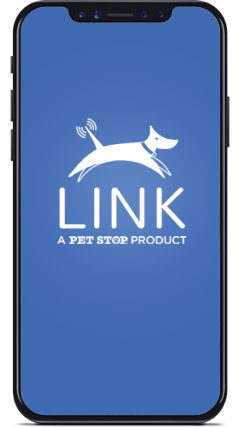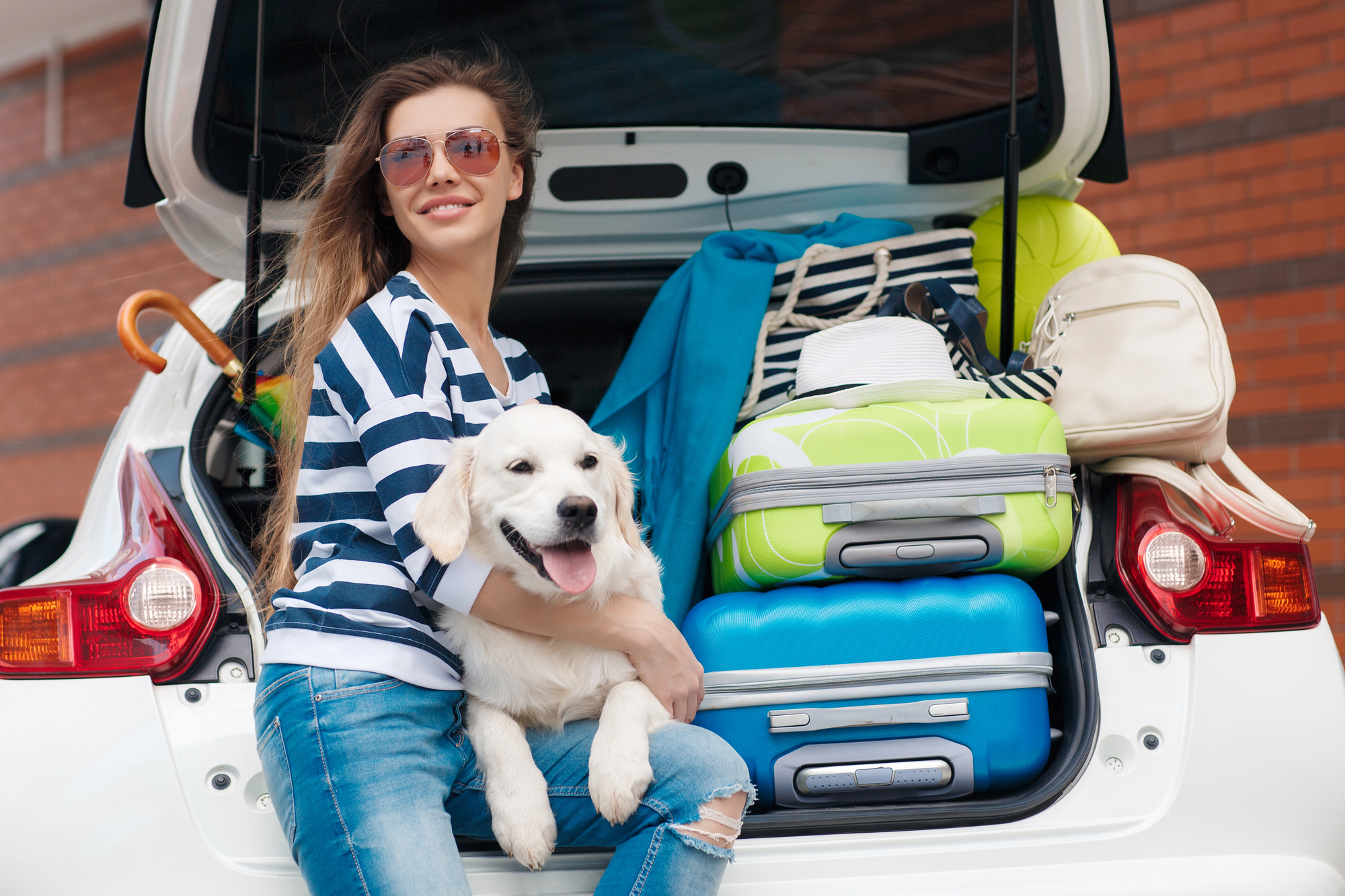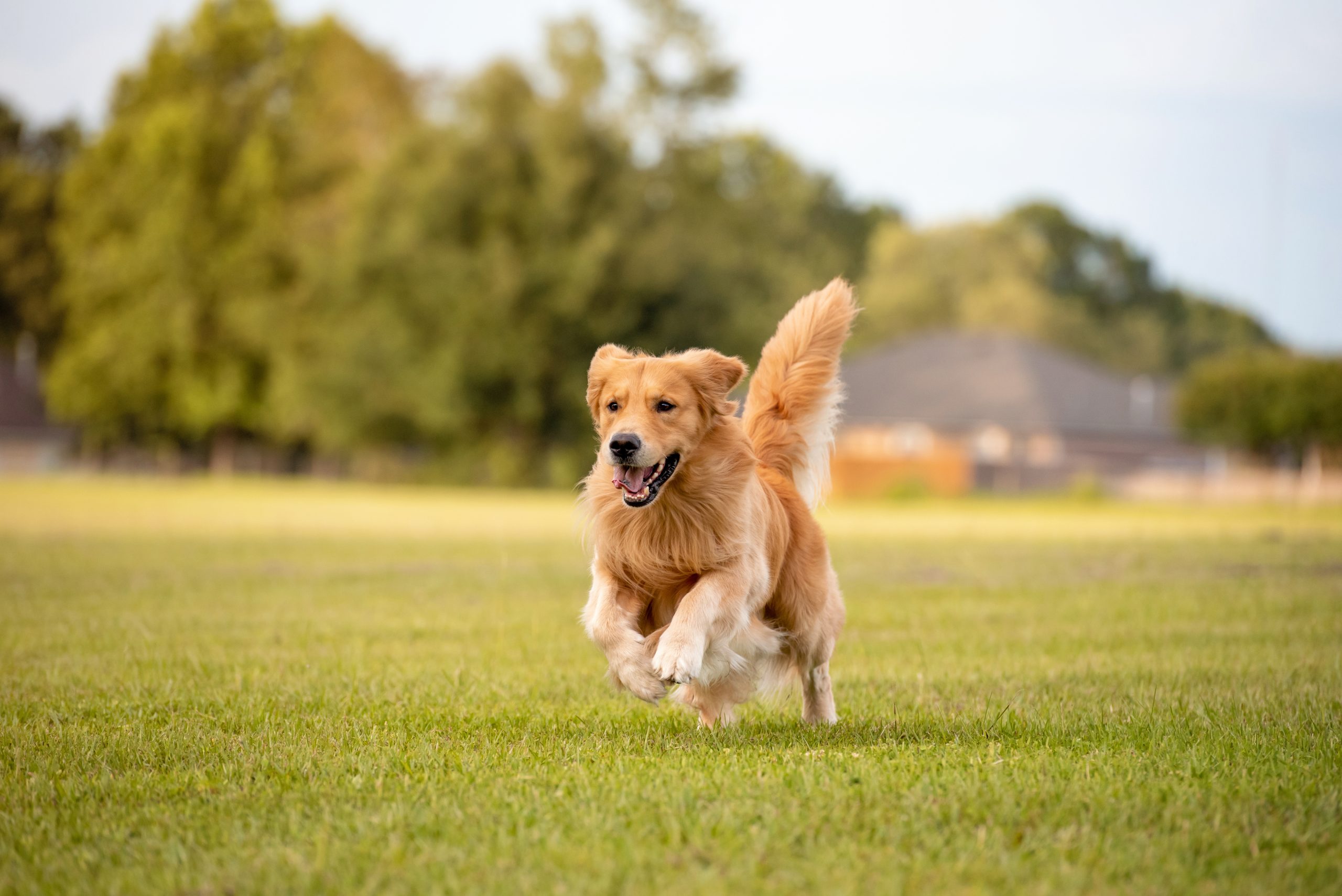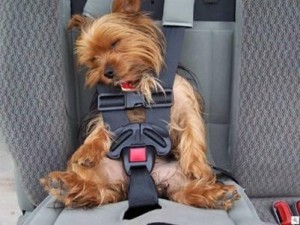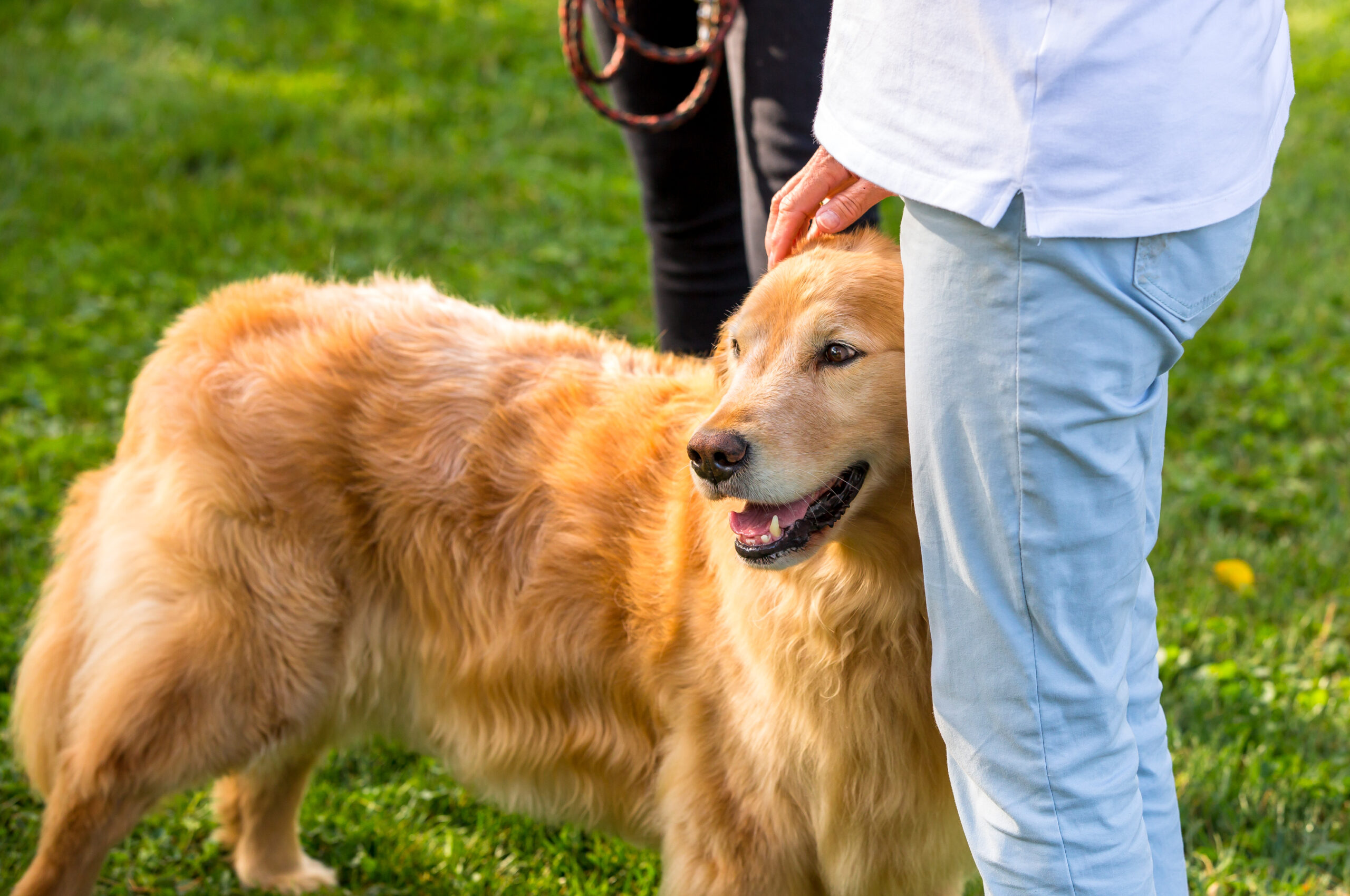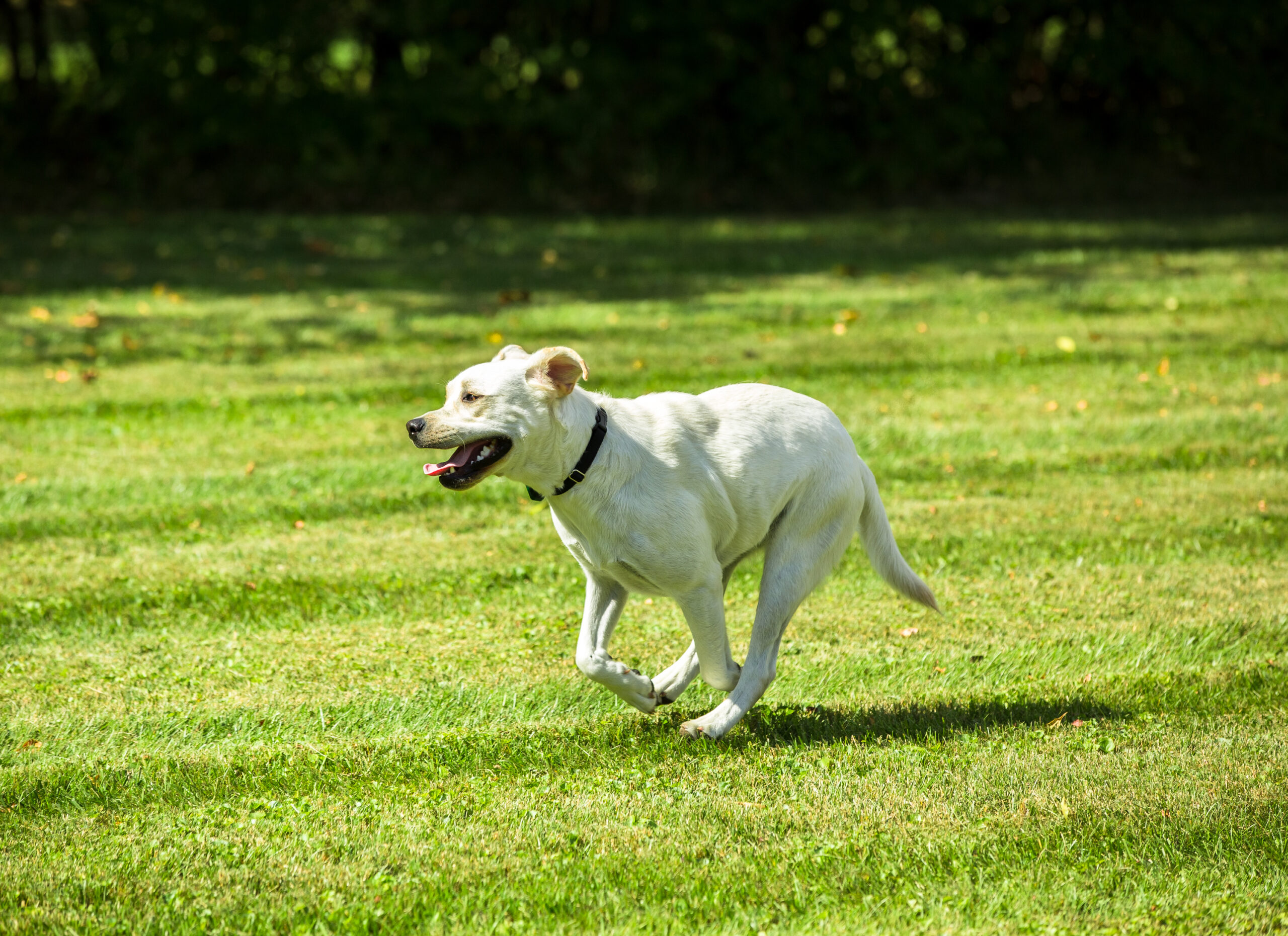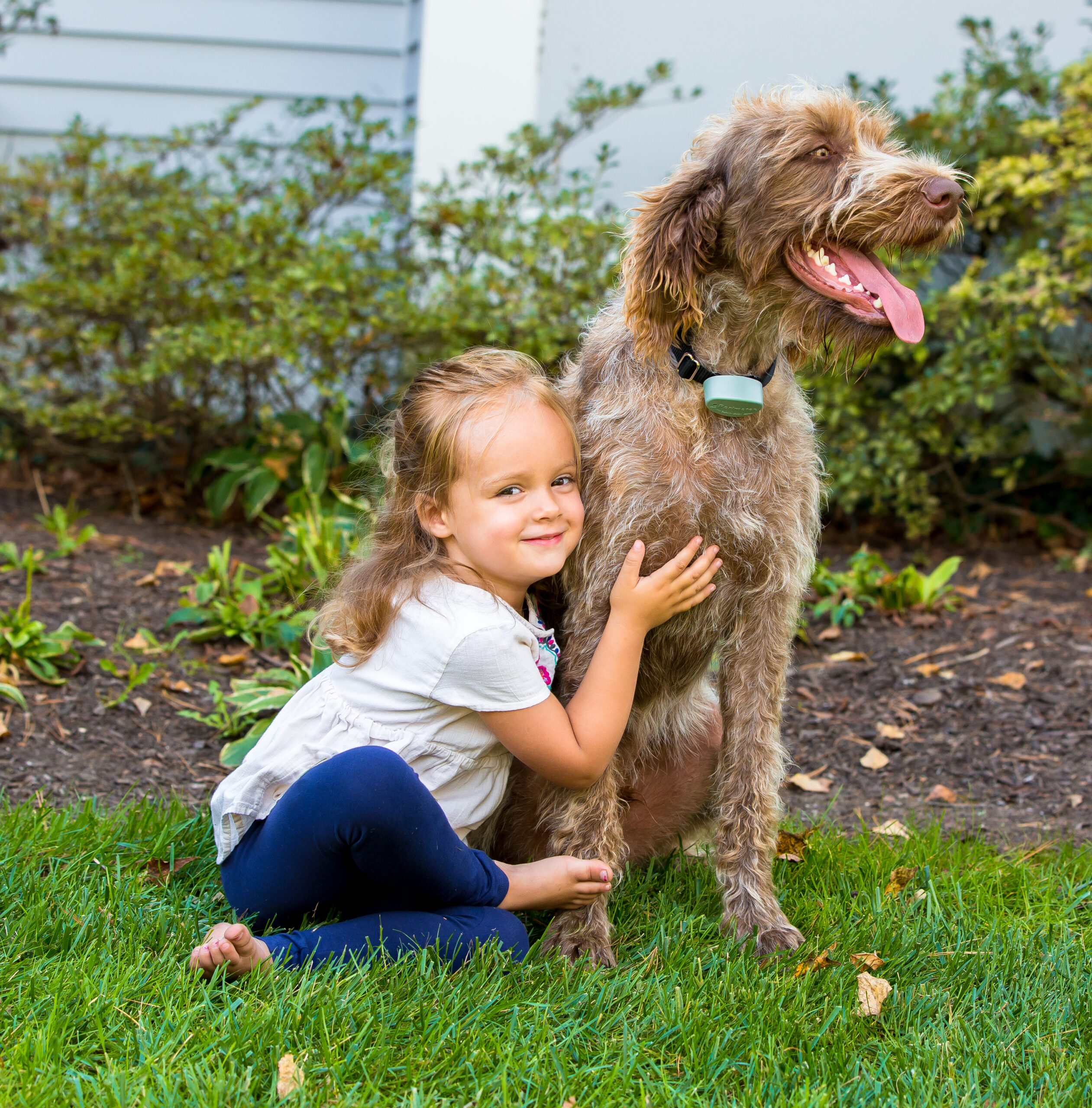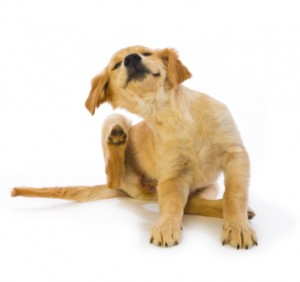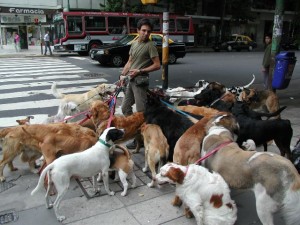Trusted Insights from Your Dog Fence Experts - Main
Like you, we love dogs and love sharing insight from our decades of experience keeping pets safe and happy!
 Pet Stop
Pet Stop Get a Free Quote
Connect with Your Local Pet Safety Experts at Pet Stop. Visit, call, or
chat with us – we’re here to help you create the ultimate safe haven for your pet.
Get a Free quote
Name *
Zip code where new fence is required *
What breed is your dog?
Preferred contact method *
Phone Number to Call/Text *
Address *
This site is protected by reCAPTCHA and the Google
Privacy Policy and
Terms of Service apply.
Stay Connected, Stay in Control
Brief introduction to the OT-300, highlighting remote control, real-time notifications, and easy setup through the Pet Stop Link App.
Download the App